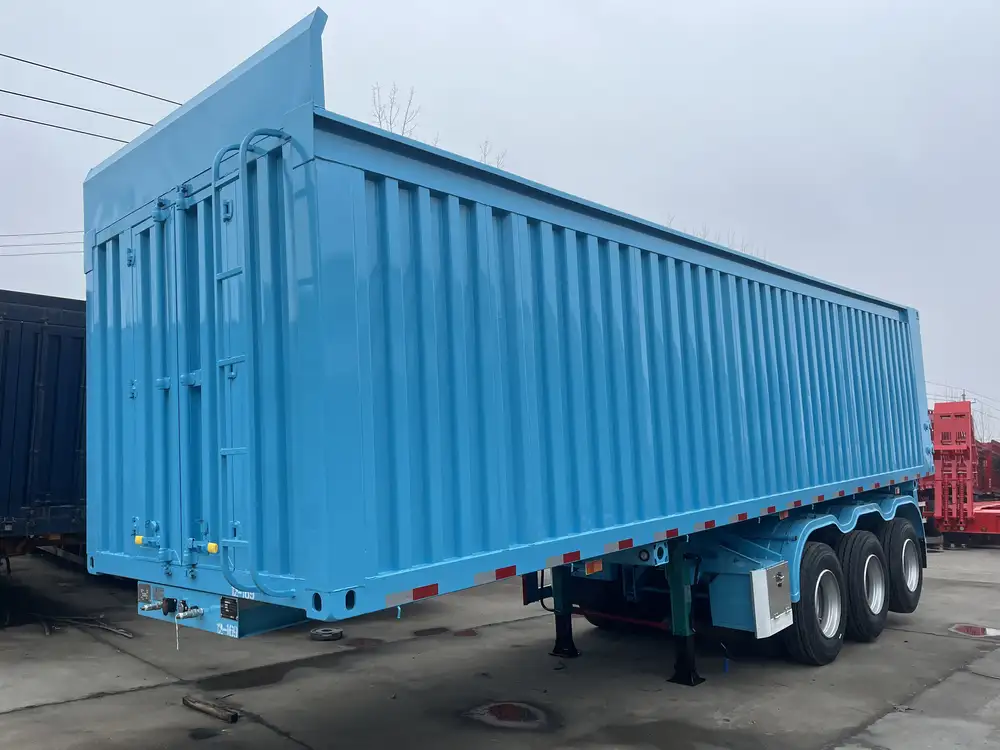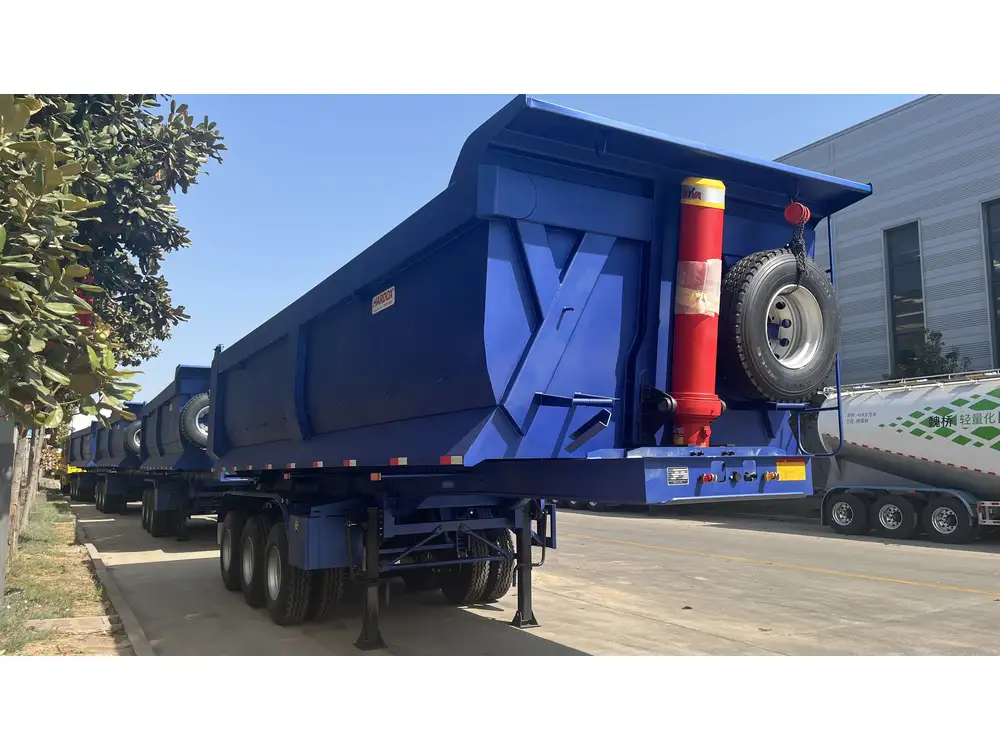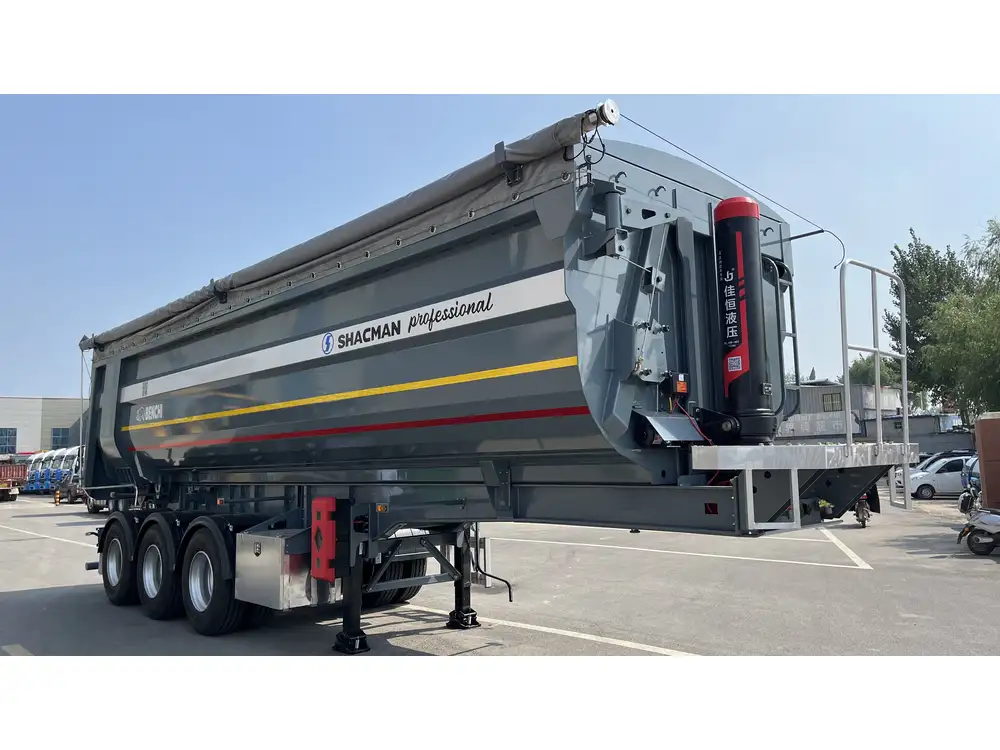Maintaining a clean and efficient holding tank for your trailer bathroom is crucial for a pleasant camping or traveling experience. In this detailed guide, we present step-by-step instructions and expert tips to help you keep your holding tank in optimal condition.
Understanding Your Holding Tank
What is a Trailer Bathroom Holding Tank?
The holding tank in a trailer bathroom is designed to collect waste and wastewater from the toilet and sink. Understanding its components and how it operates is vital for effective cleaning and maintenance.
| Component | Description |
|---|---|
| Waste Tank | A sealed compartment for collecting waste. |
| Vent Pipe | Allows gases to escape, preventing pressure buildup. |
| Dumping Valve | An outlet for emptying the tank when full. |
| Indicators | Sensors showing the tank’s waste level. |

Why Regular Cleaning is Essential
Frequent cleaning of your holding tank offers several advantages:
- Odor Control: Prevents the buildup of unpleasant smells.
- Prevent Blockages: Reduces the risk of clogs caused by buildup.
- Extends Longevity: Maintains the integrity of tank materials.
Step-by-Step Cleaning Process
Step 1: Drain the Holding Tank

Essential Tools Needed:
- Sewer hose
- Gloves
- Bucket
- Garden hose
Preparation: Before starting, ensure that you have gloves and a bucket handy. Position your trailer near a dump station to facilitate waste drainage.
Connect the Sewer Hose: Attach one end of the sewer hose to the dump valve of the holding tank, ensuring a secure fit.
Open the Dumping Valve: Gradually open the valve to allow waste to flow into the dump station. If necessary, use a bucket to catch any spills.
Flush with Water: After the tank has drained, flush the tank with fresh water using a garden hose. This step helps to eliminate residual waste and prevent sludge buildup.
Step 2: Clean the Holding Tank
Cleaning Agents to Consider
- Commercial Holding Tank Cleaners: Specialized products designed for trailer tanks.
- DIY Solutions: A mixture of vinegar and baking soda can effectively clean and deodorize.
Add Cleaning Solution: After draining, pour your chosen cleaning solution into the tank. If using a commercial cleaner, follow the manufacturer’s instructions regarding the quantity.
Fill with Water: Next, fill the tank with fresh water, approximately halfway.
Agitate the Mixture: Drive your trailer for a few miles to slosh the water and cleaning solution around. This movement helps scrub the walls of the tank.

Step 3: Rinse and Final Drain
Let It Sit: Allow the cleaning solution to sit in the tank for at least 30 minutes, allowing it to break down stubborn residue.
Drain Again: Reconnect the sewer hose and drain the tank completely again.
Final Rinse: Flush the tank one last time with fresh water to ensure that all cleaning agents and any remaining waste are gone.
Step 4: Maintain Proper Chemicals
Choosing the right chemicals to use in your holding tank can significantly reduce the need for extensive regular cleaning. Use only biodegradable and non-toxic treatments.
| Type of Chemical | Purpose |
|---|---|
| Enzymatic Additives | Break down waste and prevent issues. |
| Deodorizers | Mask or eliminate odors. |
| Antimicrobial Treatments | Kill bacteria causing smells or blockages. |
Troubleshooting Common Issues

Odor Problems
Identifying the Source: Persistent odors may suggest a clogged vent pipe or inadequate cleaning. Check the vent and ensure that waste levels aren’t too high.
Vent Pipe Blockage: Inspect the vent opening for debris or blockages that could trap odors.
Improper Chemical Balance: Ensure that the right balance of chemicals is maintained for optimal odor control.
Clogs and Backups
Possible Causes: Improper disposal of waste items, excess toilet paper, or foreign objects can contribute to clogs.
Unblocking a Clog: If you encounter a minor clog, try pouring warm water and vinegar down the toilet to help dissolve the obstruction.
Professional Help: For severe blockages, consider procuring the services of a professional to clear the waste lines safely.
Additional Tips for Effective Maintenance
- Regular Inspections: Periodically inspect the holding tank for any signs of leaks or damage.
- Monitor Tank Levels: Keep a close eye on your tank levels, ensuring it is emptied before it reaches capacity.
- Seasonal Maintenance: Prepare your holding tank for seasonal storage by completely draining and cleaning it before winter.

The Importance of Proper Ventilation
Ventilation plays a crucial role in the holding tank’s performance. A properly functioning vent pipe prevents pressure buildup and facilitates the escape of gases that can lead to odors.
- Check for Blockages: Make sure vents are free from obstructions such as dirt or insect nests.
- Install a Vent Cap: If you’re encountering persistent odor issues, consider adding a vent cap to minimize unwanted smells.
Best Practices for Using Your Holding Tank
What Can Go Down the Toilet?
Proper disposal of waste products can make a significant difference in the condition of your holding tank. The following items should never go into the tank:
| Do Not Flush | Reason |
|---|---|
| Tampons/Pads | May cause clogs. |
| Wipes | Often labeled as flushable but don’t break down. |
| Food Waste | Attracts pests and clogs the system. |

Proactive Steps to Avoid Problems
Use Only Approved Bathroom Products: Opt for toilet paper that dissolves quickly and waste products specifically designed for RV and trailer tanks.
Regularly Exercise the Tank: Use your trailer, and don’t let waste sit in the tank for extended periods; this helps prevent odor buildup and sludge formation.
Understanding the Environmental Impact
Using biodegradable products and practicing eco-friendly disposal methods greatly reduces your environmental footprint while ensuring your tank remains in excellent condition.
Eco-Friendly Alternatives
- Biodegradable Soaps: Use soaps and detergents that break down naturally.
- Eco-Conscious Deodorizers: Choose products that do not affect water quality when dumped.

Conclusion
Cleaning your trailer bathroom holding tank may seem daunting, but with our comprehensive guide, you can approach the task equipped with the right knowledge and techniques. By establishing a consistent cleaning routine, utilizing effective products, and adhering to best practices, you will maintain a clean and functional holding tank for years to come. Regular maintenance is not only about cleanliness but also about ensuring the longevity of your trailer and providing a comfortable environment for every journey. Happy travels!



